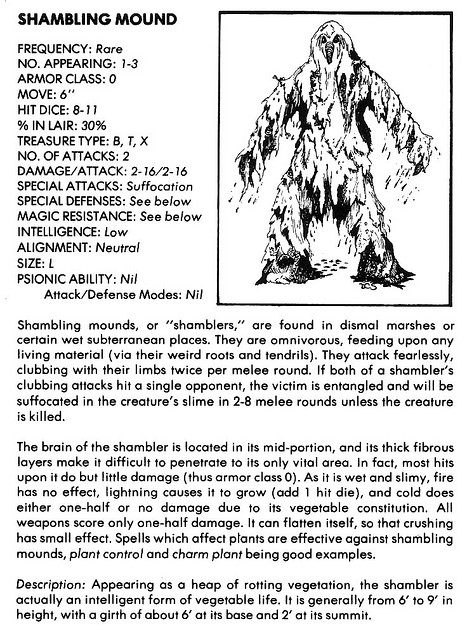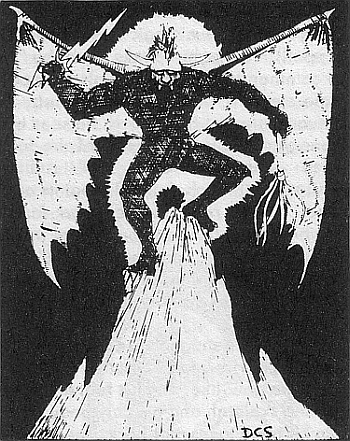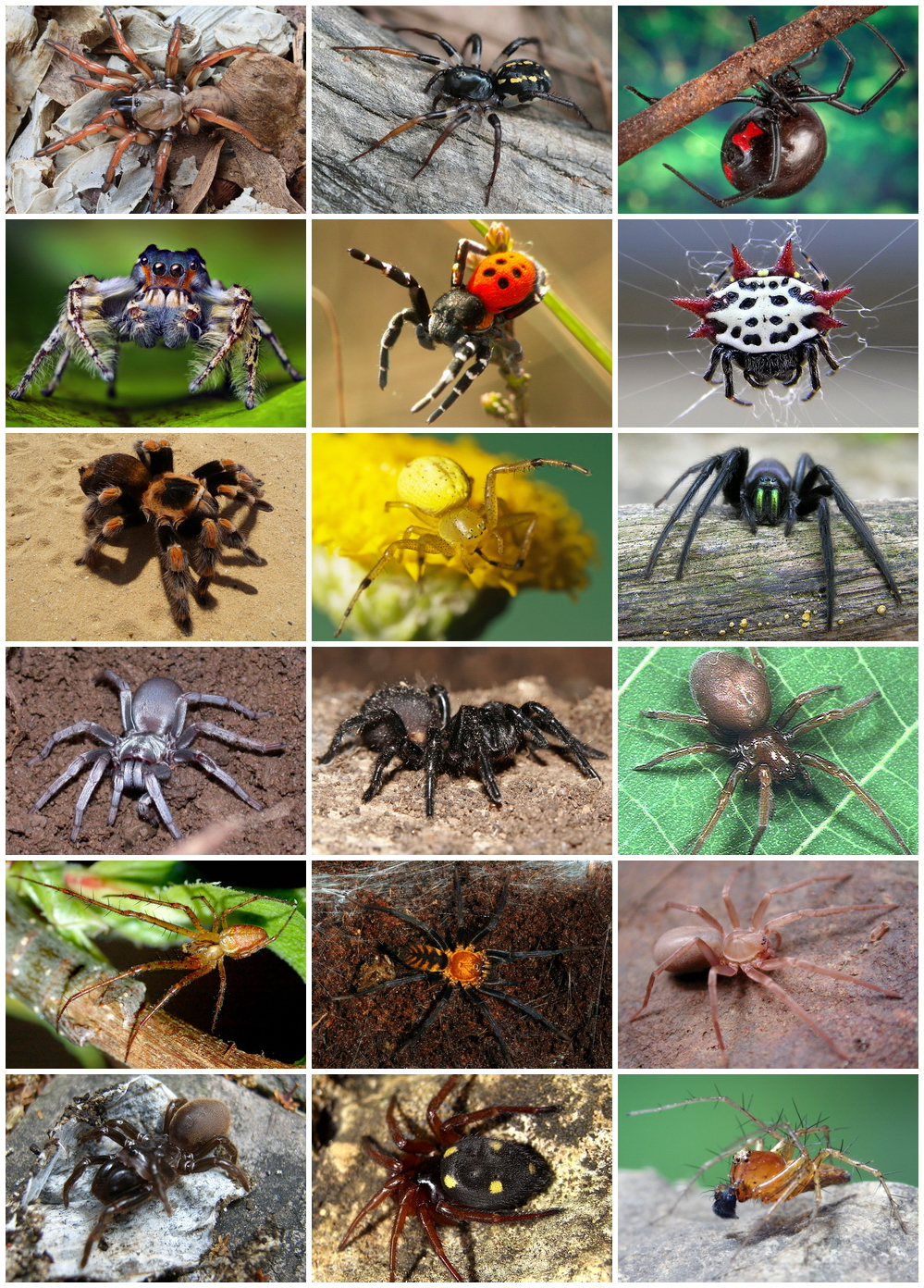Days 21-24: Favorites, More Favorites, and a Least Favorite
Well, I fell off the 30-Day D&D Challenge cart for four days. Wednesday started my new school year, and I had to go back to work to start whipping a room full of 5th graders into shape. We had to put away supplies, explain how to line up (most important rule: ladies first), issue textbooks, and start to impress upon young minds that virtue is more important than grades, which isn’t to say that grades aren’t important.
Among my many duties at school, I am afternoon carpool caller. What this means is that I can get to walk the road running perpendicular to the school, walkie-talkie in hand, so that I can walk and talk to my partner about which cars are coming through in which order so that the correct children are waiting in the correct places. Since it’s August in Houston, Texas, I get to do this in 100+ degree heat (Fahrenheit, of course) with high humidity.
Then, Thursday night, a fellow teacher and I went to the House of Blues and rocked hard with Ted Nugent, which explains the picture in this post.

Friday night, I went to bed at 5:30 p.m. I got up around 7:00 p.m. to eat dinner, and then I went back to bed. I woke up later at about 11:00 p.m., watched about half of From Within and then fell back asleep until this morning still able to walk only with pain in my feet and knees. (Question sparked by From Within: Could it be more obvious that the writers have little actual, day-to-day experience with evangelical Protestants?)
Anyhoo, I’m four days behind, so it’s time to stop making excuses and catch up with the challenge.
Day 21: Favorite Dragon Color/Type
Black dragons. I don’t really know why. I think it has to do with their swampy environments. I like the idea of a dragon slithering silently through swamps, obscured by mists and stunted vegetation, suddenly bursting forth like an enormous alligator, spraying acid and crunching an adventurer in its jaws only to then drag the victim screaming and crying into dark waters.
And here’s a pair of half-dragon T-Rexes.
Day 22: Favorite Monster Overall
My favorite monster overall isn’t a monster per se. Instead, he’d be an NPC, specifically a villainous cleric or wizard. He’s probably human to boot. This type of “monster” has almost certainly been my most used end boss for quite a while.
Day 23: Least Favorite Monster Overall
I dislike the PC-killer monster types. You know them by a variety of names, such as tarrasque or the 1E Field Folio‘s aleax. Related to these are monsters that explode (or some such thing) when they’re killed, such as the 1E Field Folio‘s gorbel or 3E’s balor. These sorts of monsters scream to me, “I’m the GM! You can’t beat my monsters, but if you do, I’ll still punish you!”
Day 24: Favorite Energy Type
Okay now. It seems as if whoever came up with this list really ran out of ideas by this point in time. I’m tempted to say potential energy, but that’s not in keeping with the spirit of the challenge. That said, I’m still not going to pick just one. I like fire and lightning. Preferably at the same time. Boom, shock, and burn. Who wouldn’t like that?




